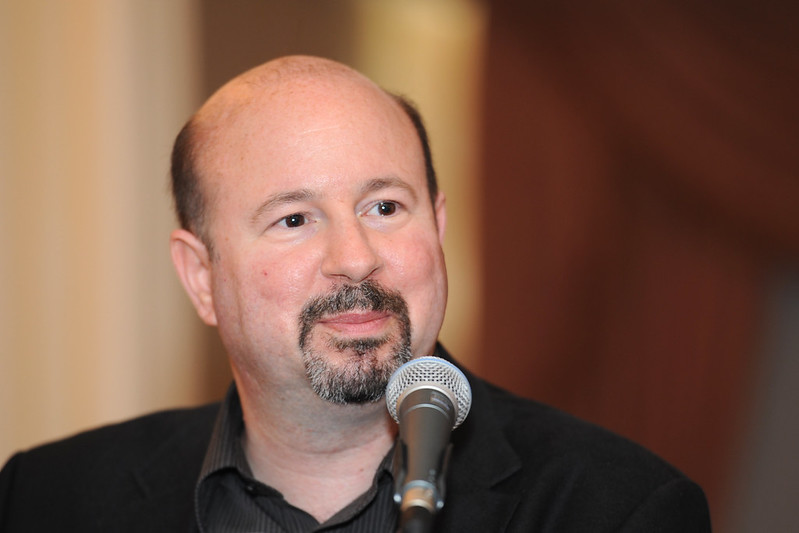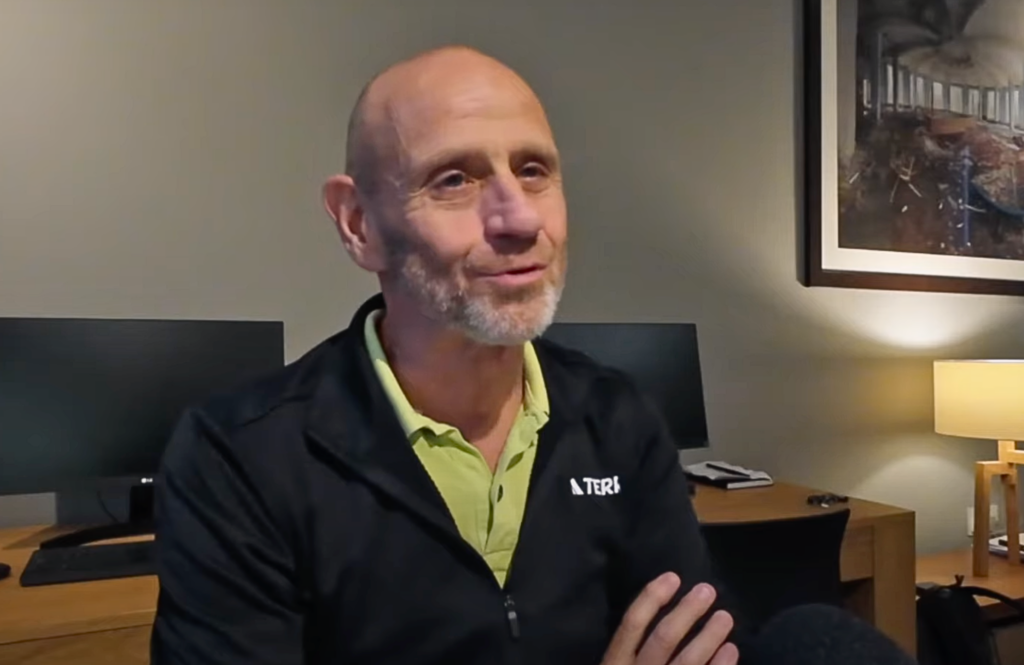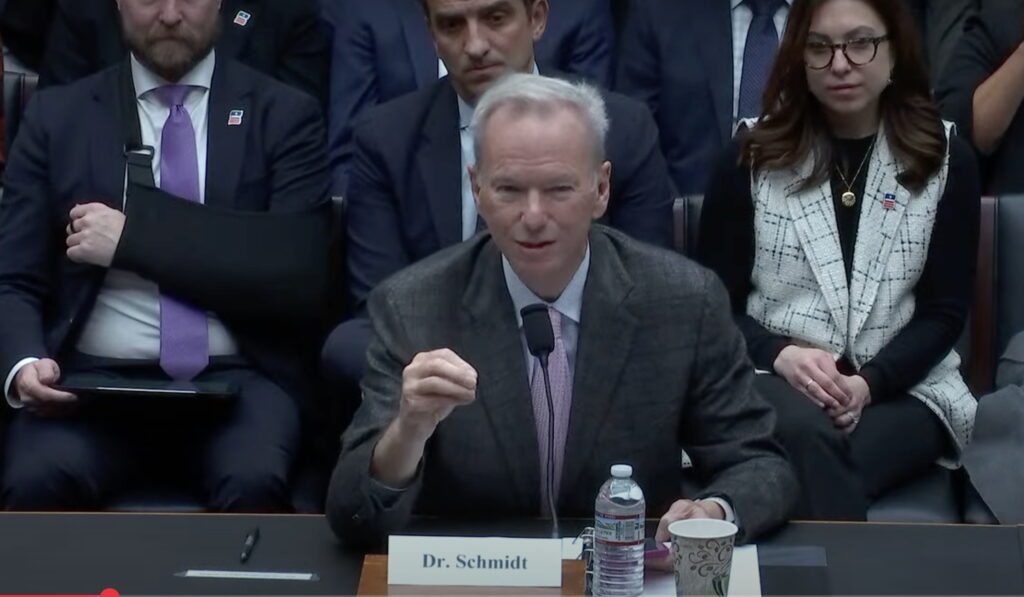Three years in a row, communities in Ohio have attempted to vote on initiatives that would grant them greater say over oil and gas development in their jurisdictions, but over and over again, appointed officials, some with direct ties to the fossil fuel industry, have put up roadblocks preventing these initiatives from reaching the ballot.
“We’re losing our ability to legislate and be a check and balance on the government,” Tish O’Dell of the Ohio Community Rights Network told DeSmog on September 15.
O’Dell had just learned that yet another local ballot measure — this one in Bowling Green, Ohio — was facing a possible legal challenge. “The Bowling Green initiative is the only one that made it through all the administrative hurdles to get on [the ballot],” O’Dell said.
It is the latest in a flurry of anti-fossil fuel ballot initiatives across Ohio which have gained the required number of signatures but likely won’t appear on ballots come election day. This year, initiatives in Youngstown, Medina County, and Athens County have all been taken off the ballot.
Fracking Backlash
These ballot initiatives are a response to the surge in activity related to hydraulic fracturing (fracking) and pipeline development in Ohio and would establish new county charters or amendments to city charters that elevate the communities’ governing authority over legal privileges enjoyed by the industry.
Since 2015, Ohio Secretary of State Jon Husted, non-elected local boards of elections, and the Ohio Supreme Court have struck a total of 10 proposed county charters from Ohio ballots. Initiatives have been removed for Athens (2015, 2016, and 2017), Fulton (2015), Medina (2015, 2016, 2017), Meigs (2015, 2016), and Portage (2016) counties.
The officials placing roadblocks in the way of the county charters often have close connections to the very industry threatened by the local initiatives. Husted, a lead 2018 candidate for governor, has been the beneficiary of large campaign contributions and fundraising events put on by the oil and gas industry. And some of the local boards of elections have even closer ties to Ohio’s powerful fossil fuel industry. For example, one member of the Meigs County Board of Elections that took a county initiative off the ballot last year is Ohio Gas Association President Jimmy Stewart.
Ballot Battles
In Medina, whose initiative has been removed each of the last three years, the movement to pass a new county charter was largely in response to the contentious NEXUS gas pipeline and a proposed gas compressor station. After the pipeline company surveyed private land without a federal permit, legal and physical standoffs ensued with local prosecutors and landowners. But no public votes have been allowed in Medina. In August, the NEXUS pipeline was approved and permitted by the U.S. Federal Energy Regulatory Commission (FERC).
The Bowling Green initiative is actually an amendment to the existing city charter and would complicate matters for developers of the NEXUS pipeline. Though the pipeline would not pass through city limits, it would be barred from traversing a piece of farmland owned by the city. NEXUS would pass within 700 feet of the Bowling Green regional drinking water treatment plant and burrow beneath the nearby Maumee River. A similar procedure for the Rover pipeline project resulted in millions of gallons of drilling liquid spilled in Ohio’s Tuscarawas River.
Like the others, Bowling Green’s ballot initiative includes a “Community Bill of Rights,” creating new protections for local citizens and the natural world by granting ecosystems standing in court and elevating local democratic decisions above corporate legal privileges.
But unlike the others, the Bowling Green initiative was actually placed on the November ballot by its board of elections. Now, however, local citizen David W. Espen is arguing that five signatures should be invalidated and the initiative therefore rescinded since petitioners had collected only one more valid signature than needed to appear on the ballot. Espen’s lawyers also claim that the initiative exceeds the municipality’s powers and therefore should not be up for a vote.
However, local petitioner Lisa Kochheiser thinks the challenge came “from somewhere higher.”
“He wasn’t even present at the hearing,” she said. “This did not come from an individual.” Espen, who is reportedly part of a local plumber-pipefitter union, did not show up for his protest hearing against the ballot measure. He is represented by Columbus-based law firm McTigue & Colombo. Last year the firm wrote briefs for the American Petroleum Institute and Affiliated Construction Trades Ohio Foundation, which defended the practice of keeping anti-fracking initiatives off local ballots.
“Essentially what they’re trying to do is to erase a 100-year-old right to local democracy in Ohio through the citizen-led initiative and referendum,” said Kochheiser.
Who Decides What Voters Can Decide?
On September 19, the local board of elections rejected Espen’s protest. That same day he appealed the decision to the Ohio Supreme Court.
On September 21, the Ohio Supreme Court ruled against the Medina and Athens initiatives, definitively striking them from the November ballot. Youngstown’s initiative is still pending.* In their appeals, petitioners argued that the law governing the initiative and referendum process protects citizens’ right to vote on qualified initiatives and that the boards of elections are overstepping their authority by interpreting the constitutionality of initiatives before voters can weigh in. It’s all a repeat of 2015 and 2016, apart from one very significant difference.
In early December 2016, a section was added to a state foreclosure law (HB463) giving local boards of elections unprecedented new powers to remove initiatives from the ballot. As the Ohio Legislative Services Commission wrote, the law, “requires a board of elections or the Secretary of State to invalidate a local initiative petition if the board or Secretary determines that the petition or any portion of it does not fall within the scope of the local government’s constitutional authority to enact.”
If the local ballot initiatives were to pass, the state and the oil and gas industry would likely sue to overturn them. But the political ramifications for the industry could be significant: the public would see more directly industry efforts to quash a democratically passed law.
Supporters of the initiatives contend that the oil and gas industry is seeking to avoid such public relations backlash by preventing the votes from occurring. “Isn’t this another form of voter suppression if only a few get to decide what we can actually vote on?” asks O’Dell.
Yet one successful effort to pass a municipal Community Bill of Rights occurred last fall in Waterville, Ohio, which sits just across the Maumee River from the Bowling Green water treatment plant. The NEXUS pipeline passes directly through Waterville city limits.
On August 28, Nexus Gas Transmission, LLC filed for a permit to complete work in Waterville. In response, however, the Waterville municipal administrator wrote, “In reviewing your Application, we find that it is in conflict with…The City of Waterville Community Bill of Rights.” The letter goes on to say this law has “tied the hands of the City with respect to the granting of any permission for infrastructure or transportation supporting the extraction of hydrocarbons, including but not limited to pipelines. We are therefore unable to approve your Application.”
Waterville shows what could be if these ballot initiatives are allowed a vote: a genuine face-off between the oil and gas industry and local communities.
*Update 9/25/17: This post has been updated to note that Youngstown’s initiative has not yet received a final ruling.
Main image credit: Wokandapix, Pixabay, CC0
Subscribe to our newsletter
Stay up to date with DeSmog news and alerts







